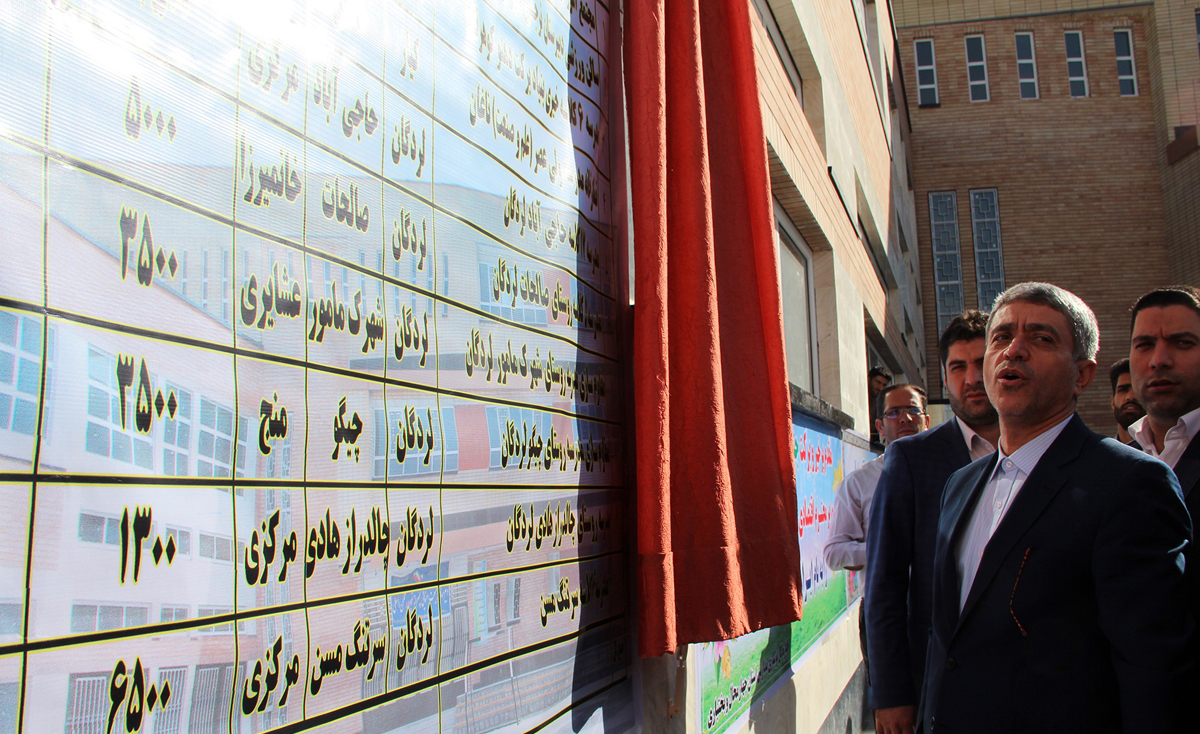Banks have increased their lending and their financing has revived 7,000 industrial units that had gone out of business due the recession, announced the minister of economy on Tuesday.
“Loans paid out by the banks throughout the country have experienced a 44% rise,” said Ali Tayyebnia in a meeting in Chaharmahal-Bakhtiari Province in the southwestern part of the country, Banker.ir reported.
“With the cooperation of banks, 7,000 shuttered industrial units are now revived and have become operational again. The financial backing provided by the current government is a historic opportunity that we must take advantage of and distance ourselves from the past,” he added.
Tayyebnia noted that this is a unique year in the economic history of Iran, because the country has recently put some very hard times behind.
“We had to brave an era as a result of sanctions unprecedented in history, conjoined with an economy that was suffering from imbalance,” he said.
The economy minister also said that when President Hassan Rouhani’s government took office, a steep 45% point-to-point inflation was reigning over an economy that was registering a -6.8% growth rate and the combined effect of the two had created extremely punishing circumstances.
“In the very first step, the government began by bringing back stability to the economy and fortunately there are no disagreements among government officials, so they work in concert,” he said.
Referring to international ties, Tayyebnia said they lay the groundwork for positive efforts that lead to economic stability.
“In the three years that the current government has been active, we witnessed a single-digit inflation rate and a stability that has taken shape for the first time in many years,” he said.
“Today’s PPI (producer price index) stands at 3.5% and the point-to-point inflation is lower than that.”
The economy minister referred to the sharp decline in global oil prices that rocked oil-producing countries such as Saudi Arabia, Qatar and Russia, adding that maintaining economic growth under such circumstances is a big achievement for the Iranian government.
“If oil prices had not dropped, we would have witnessed an even higher economic growth rate in the country,” he said.
Citing the assessments of Statistical Center of Iran, Tayyebnia announced that the country currently boasts a positive growth rate of 4.4% and has set a goal of reaching 5% in the foreseeable future.
“An economic growth rate of 5% by the yearend (March 20, 2017) is within reach, that is if Resistance Economy principles are prioritized,” he said. “Beating recession is another important goal for the government that has drastically decreased imports while improving exports by 30%. Without halting the economic downturn, economic growth will not be possible.”
Resistance Economy is a set of principles outlined by the Leader of Islamic Revolution Ayatollah Seyyed Ali Khamenei aimed at bolstering domestic production and cutting dependence on oil revenues.
No Dysfunctional SMEs by Yearend
Plans are in work that have been set in motion with the goal of eliminating dysfunctional small and medium-sized enterprises by the end of the current fiscal year, said the Governor of the Central Bank of Iran.
“It has been planned that by the end of the year, we can create circumstances under which no SMEs will exist that are not able to employ their full capacity because of a lack of liquidity,” said Valiollah Seif during a discussion between representatives of the government and the private sector.
He also referred to foreign exchange rates, saying the stabilization of the rates were one of the things the government can be proud of, “which was one of the reasons behind the current economic stability.” “Personally, I do not believe in fixing forex rates in the country”, he added referring to plans for the adoption of a floating exchange rate regime.


